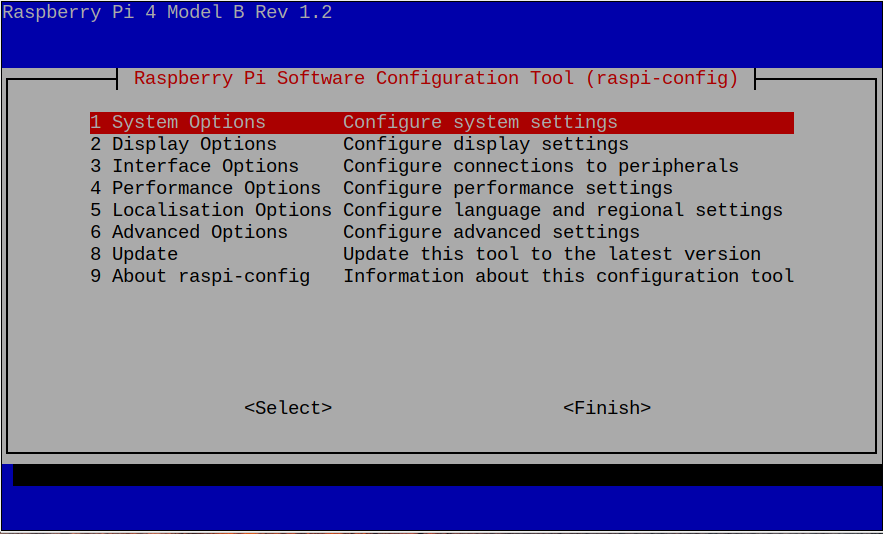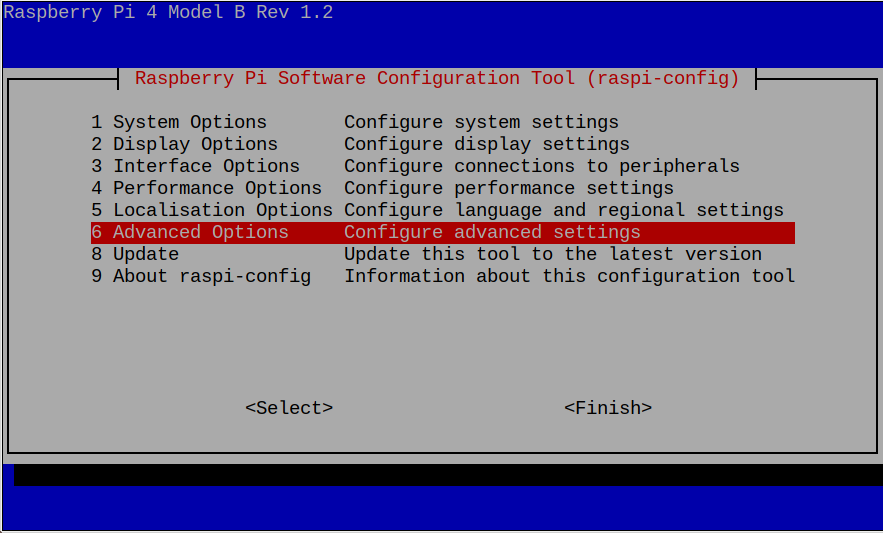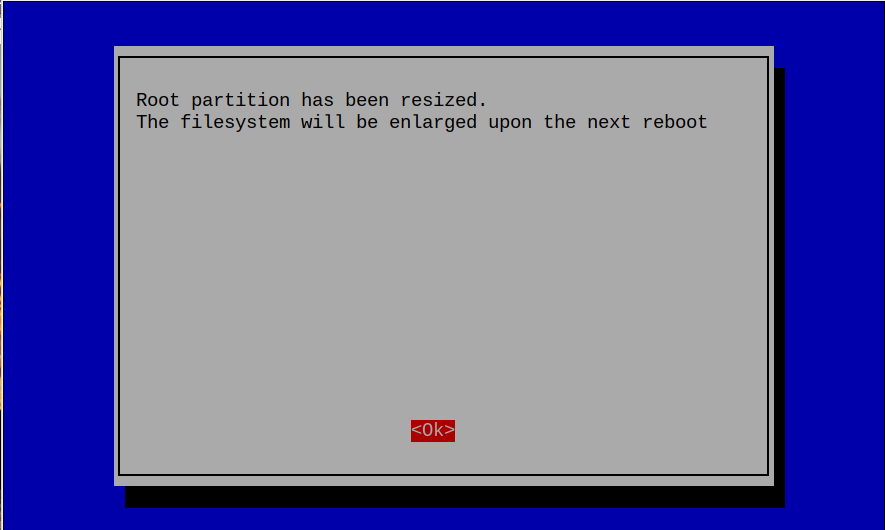If you are worried about Raspberry Pi storage and are looking for a way to increase it, follow this article guidelines for details.
Increase Storage on Raspberry Pi
Methods to increase storage on Raspberry Pi are:
- Use Expandable Micro SD Card
- Use External USB Storage
- Switch to a Lightweight Operating System
- Remove Unused Packages from Raspberry Pi Directory
1: Use Expandable Micro SD Card
The SD card is the primary storage option for Raspberry Pi system and by default the system doesn’t utilize the full storage of SD card. Incase if you are running low on storage, you can use this option to expand your SD card storage for an extra space. However, before that you must make sure that you have acquired a bigger SD card for your Raspberry Pi device. In most case, having an SD card around 32GB is enough for the users for normal use. However, the users can opt for large SD card around 64GB.
If you haven’t purchased an SD card yet, follow this Link to let users know the supported Micro SD card for Raspberry Pi. If you have purchased a SD card of more that 32GB storage, you can follow this article to get guidance on how to use it with Raspberry Pi.
Now, if your SD card storage runs low, you can open the Raspberry Pi configuration using the following command to go for expanding the SD card storage.
Then press Enter on the “Advanced Options”.
Choose “Expand Filesystem” option.
To apply expanding the Raspberry Pi storage, you must reboot the device using the “reboot” command.
2: Use External USB Storage
Adding an external USB storage is another way to expand storage on your Raspberry Pi. Regardless of the size of your microSD card, increasing storage is recommended, as this will help you solve the storage space for Raspberry Pi system. The Raspberry Pi have USB 2.0. and 3.0. compatible ports, however, utilization of USB 3.0 can be used to deliver high data rate.
There are other USB storage alternatives for the Raspberry Pi and they could be an external hard drive or a small flash memory thumb drive. We can opt other options for high data rate and better performance drives like SSD or HDD.
3: Switch to a Lightweight Operating System
If you have no plan to expand Raspberry Pi storage then a lightweight operating system can fulfill the requirement. The Raspberry Pi device could have more space if we switch to a Lightweight operating system. Therefore, choosing a Linux distro operating system is intended to take up minimum space on the SD Card.
Although there are several Linux operating systems for desktop computers, but very limited OS for Raspberry Pi are available due to its low RAM capacity. The options are more limited and most likely begin with Raspbian Lite. This is a lower version of the primary Raspbian operating system with limited options. Raspbian Lite only requires 1.2GB of download space as compared to the official Raspbian distro, which exceeds up to 4GB.
Other choices include piCore and DietPi which are based on Tiny Core Linux distribution and Debian Jessie operating system.
4: Remove Unused Packages from Raspberry Pi Directory
You can have another choice to increase storage if you don’t want to switch to another operating system or purchase any USB storage. However, it requires a little effort and involves uninstalling the software that you are not using. Since it free up the space on your Raspberry Pi system and help to increase the storage. You can follow here to learn how to remove unused packages on Raspberry Pi system.
Conclusion
The Raspberry Pi users can opt for more storage according to their needs using the above-mentioned four method. If you can afford to expand storage, go for an expandable Micro-SD card or USB options. Otherwise installing the lightweight operating system or removing the undesired software or packages will also increase the storage on your Raspberry Pi system.




